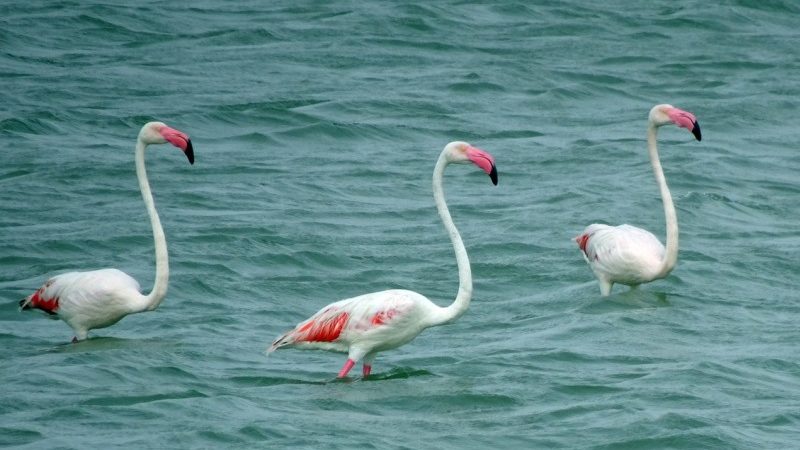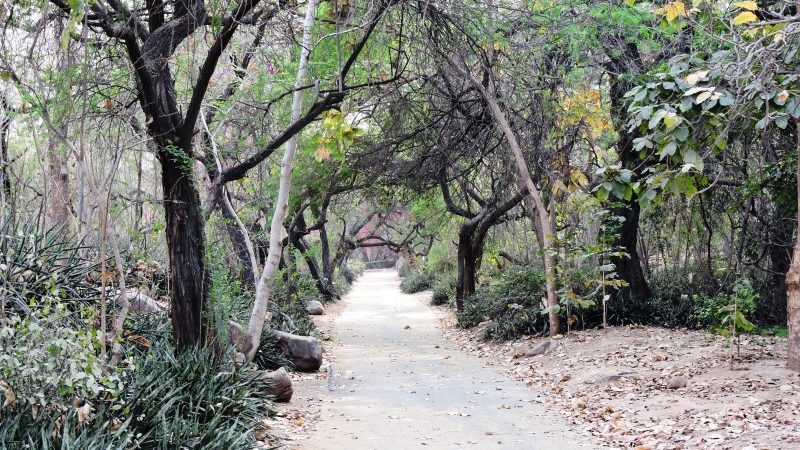What Monsoon Means? Down to Earth Editorial by Sunita Narain
There is one being-Indian-thing, which spans the urban-rural and the rich-poor divide: our annual watch and wait for the monsoon. It begins every year, without fail as heat climbs and the monsoon advances. The farmers wait desperately because they need the rain at the right time to sow their crops. The city managers wait because by the beginning of each monsoon period, the reservoirs that supply water to cities are precariously low. All of us wait, in spite of our air-conditioned living, for the relief rain brings to the scorching heat and dust. This is perhaps the only time when the entire country is one in desperation. It cannot exhale till it rains.
But even as I write this several questions come to my mind. How much do we really know about this phenomenon so important in every Indian’s life? Do we know why it rains? Do we know that scientists are still squabbling about the definition of monsoon? The only one they have is seasonal winds, which have regular directions, and they get flummoxed when this changes. Do we know our monsoon is a truly globalised phenomenon. It is integrated and linked to the ocean current in the faraway Pacific, the temperature of the Tibetan plateau, the Eurasian snow and even the freshwater content in the Bay of Bengal. Do we even know who the monsoon scientists are in India and how they are desperately learning to chase this unpredictable and variable event better? We don’t. We have been taught some of the science in school, but never in real life. It is not part of the usable knowledge, what we think we need to know to survive our world of today. But we are wrong.
The grand old man of the Indian monsoon, the late P R Pisharoty, would have told you that this annual event brings us rain in just about 100 hours in the 8,765-hour year, which means it is our challenge to manage it well. Environmentalist Anil Agarwal would have explained the monsoon shows how nature uses weak forces rather than concentrated forces to do its work. Just think: it takes a very small temperature difference to carry as much as 40,000 billion tonnes of water from the oceans across thousands of miles to dump it as rainfall over India. This lack of knowledge of nature’s ways is at the core of the environmental crisis, he would say.
Consider again: we use concentrated energy sources such as coal and oil that have created enormous problems like local air pollution and global climate chan ge. If we understood the ways of nature, we would shift to weaker sources of energy like solar or move to using rainfall, not wait till it is concentrated in rivers and aquifers. “Humans have come to rely much more on concentrated water sources like rivers and aquifers in the past 100 years. But heavy use of these sources is leading to their overexploitation. In the 21st century, human beings will once again move to weaker water resource like rainfall,” said Agarwal. In other words, the more we understand the monsoon, the more we will learn how to move from unravelling nature to imitating it for sustainable development.
Another question I have is: how much do we know how to live without the monsoons? I am sure you have heard it said that very soon we will be ‘developed’, and that would mean we would no longer be ‘dependent’ on this crazy national obsession called the monsoon. Let’s be clear this is not going to happen in a hurry. After 60-odd years of Independence and after considerable investment in surface irrigation systems, the bulk of Indian agriculture remains rainfed. This means farmers are at the mercy of this capricious and undependable God. But this is not even the full picture. What is not said is that between 60 and 80 per cent of the irrigated area is watered by ground water, a resource, which needs the rain to recharge its supply. This is why every year as the monsoon progresses from Kerala to Kashmir or from Bengal to Rajasthan, hearts stop beating if it halts, slows or dies. The words low pressure and depressions are part of the Indian lexicon. The monsoon is and will remain India’s true finance minister.
Therefore, I believe, instead of wanting to reduce dependence we should celebrate and deepen our engagement with the monsoon. Our monsoon lexicon must expand so that we harvest the rain—every drop of it where and when it falls. This must be the national obsession, treasuring the value of each raindrop. We must build a water future based on decentralised systems—check dams, lakes, ponds, wells, grasses and trees, everything that can slow the journey of rain to the oceans.
If we can do this, we can answer my last and most painful question. How should we live and celebrate the rain that falls in our cities and fields? Today, we cry when it does not rain and weep when it does because rain brings floods and disease in fields and traffic jams in cities. Just think of the devastating cycle of water stress and floods we witness each year without fail and with increasing ferocity. The only way to change is relearn the art of living with water that falls every year.
The monsoon is part of each of us. Now we have to make it real.
This is an Editorial written by Sunita Narain, Editor, Down to Earth Magazine and can be read online by clicking here.




Beautifully written!